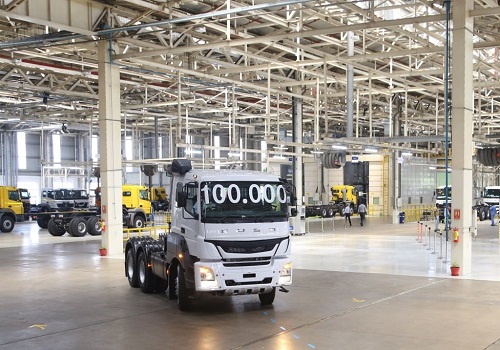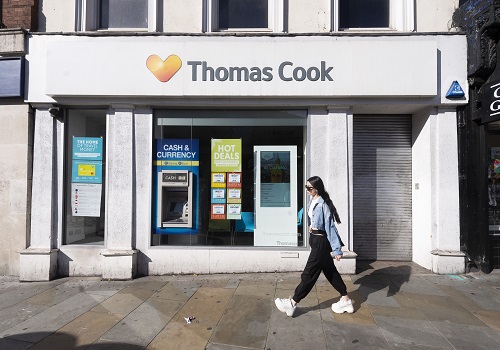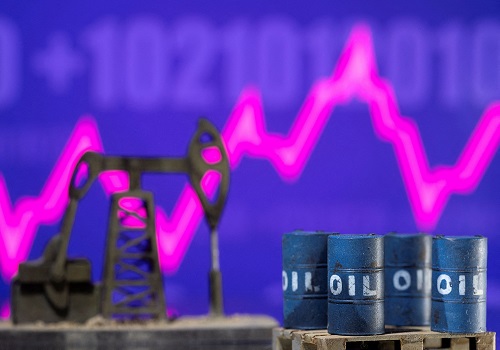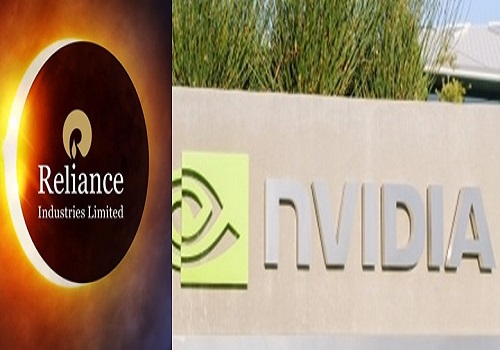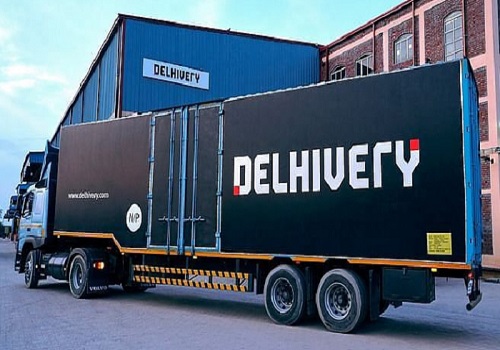India posed for highest capex in a decade
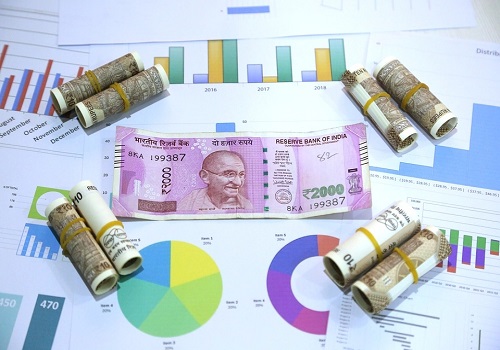
Follow us Now on Telegram ! Get daily 10 - 12 important updates on Business, Finance and Investment. Join our Telegram Channel
The stars are beginning to align with multiple drivers for an investment cycle to start taking shape in India, after a decade.
According to a note by Spark Capital, capital expenditure (capex) over the ensuing three years in core sectors ?cement, metals, oil refining and power (esp. renewables) ?should be about Rs 5 trillion. This should not only be the highest in a decade but is also likely to be more than 2X the capex over the previous three years.
Moreover, the government's production linked incentives (PLI)–led capex should be Rs. 1.4tn in other sectors such as consumer durables, pharmaceuticals and automobiles. Household capex, in residential property, and Govt. infrastructure spend should also see the best growth phase in a decade. It appears more decisively that Governments globally are betting on fiscal stimulants, especially in infrastructure, to recover from the COVID-19-led economic challenges, which means reflation is a key likely impact, the report said.
A discussion on investment cycle invariably leads to 2003-2011 purple patch nostalgic comparison. "We think the ensuing investment cycle, as it appears now, is still a far cry from what we saw then, when capacities expanded fivefold in multiple sectors including thermal power, which appears unlikely now," it added.
Given the macro construct, our primary confidence driver remains consumption demand revival, which is the underlying bedrock for investment demand cycle to recover. This means the demand proxies for higher capacity utilisation as well as likely capex, viz. industrial consumables such as bearings, abrasives and forgings, should also see tailwinds, the report said.
The key drivers for a likely pick up in corporate capex will be benefit of lower corporate taxes and interest costs amount to Rs. 2tn per annum. While this benefit for FY20 and FY21 has been used for deleveraging, we believe that post Covid demand recovery, commodity upcycle and industry consolidation-led pricing power should entice corporatesto plan for a capex, the report said.
While industry-wide capacity utilisation in cement, metals, power and refining are well below levels historically seen as trigger points for a capacity expansion cycle to start, the utilisation levels of the top 5 players in these sectors (except power), especially during 2HFY21, are well above the thresholds.
While managements are cagey about revealing their expansion strategies given the COVID-19 uncertainties, industry interactions suggest a fair bit of work is happening below the surface. Why else would environmental clearances show a spike in CY20.
In the past, capex announcements from PSU companies have been largely linked to improvement in operating cash flows and low leverage, which in turn was linked to commodity prices -- similar to current scenario. Government is also pushing PSUs to upfront their capex.
Past cycles of commodity inflation and negative real interest rates have led to leveraged corporate capex upcycles. Commentary from global engineering companies such as Cummins and ABB also indicate strong momentum for capex in their end markets, it added.
(Sanjeev Sharma can be reached at Sanjeev.s@ians.in)

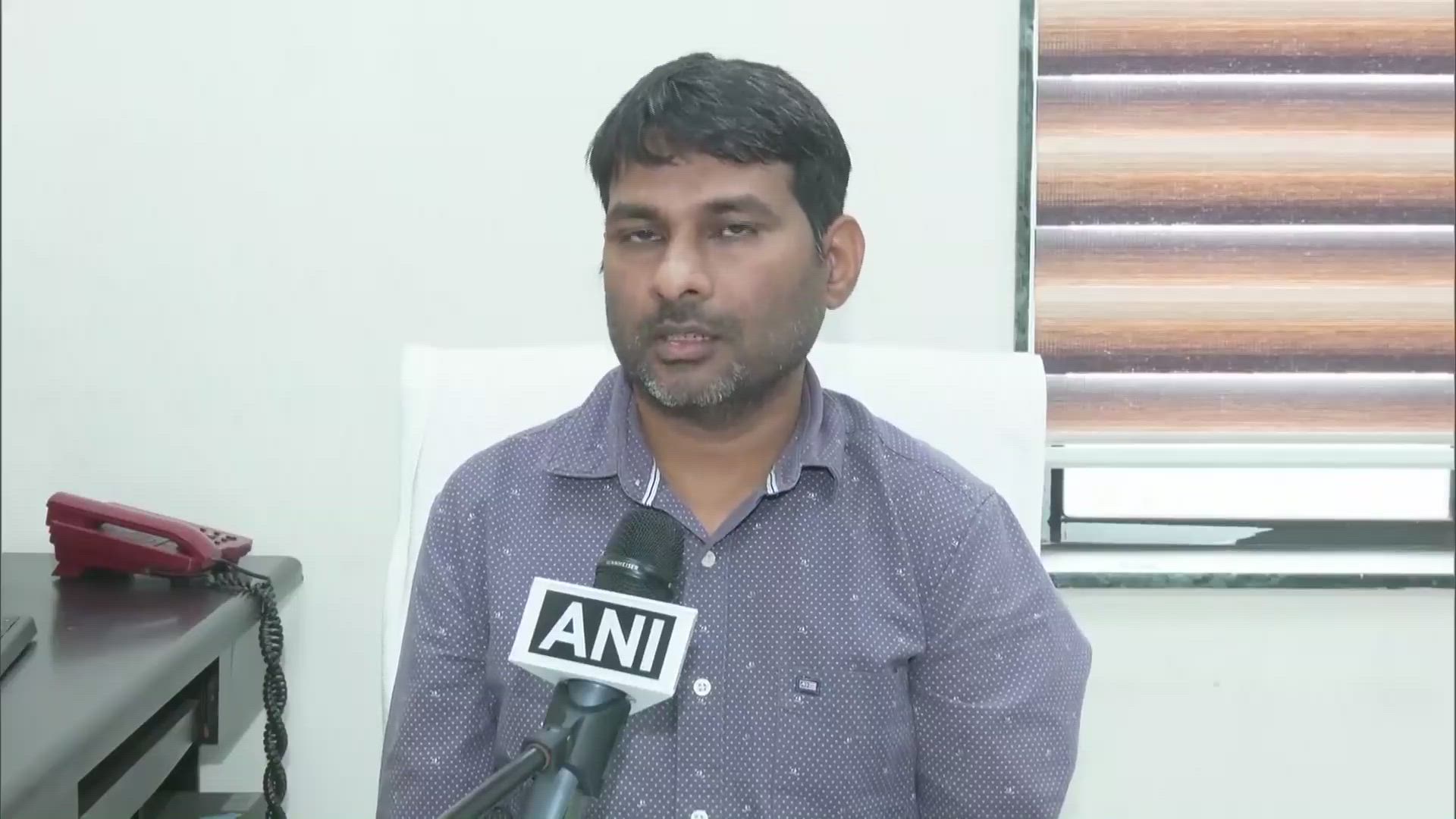




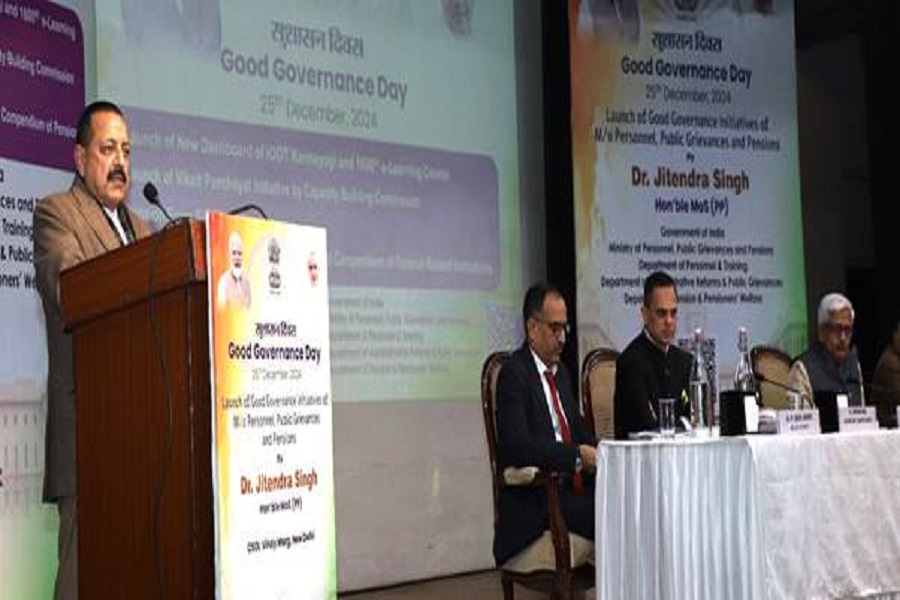





 320-x-100_uti_gold.jpg" alt="Advertisement">
320-x-100_uti_gold.jpg" alt="Advertisement">

